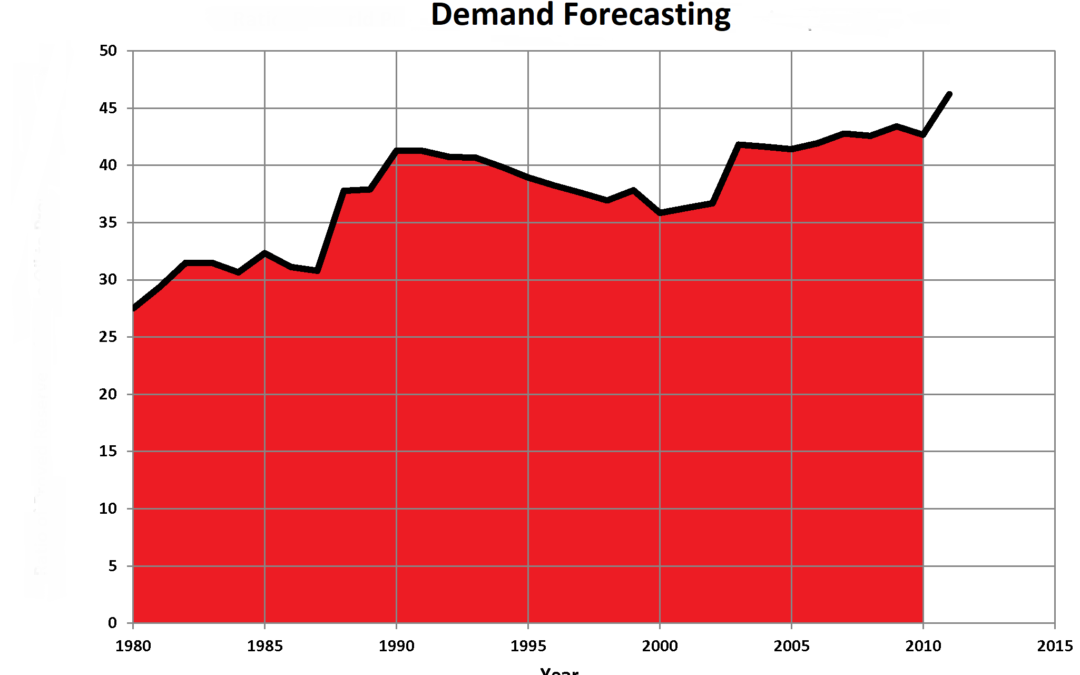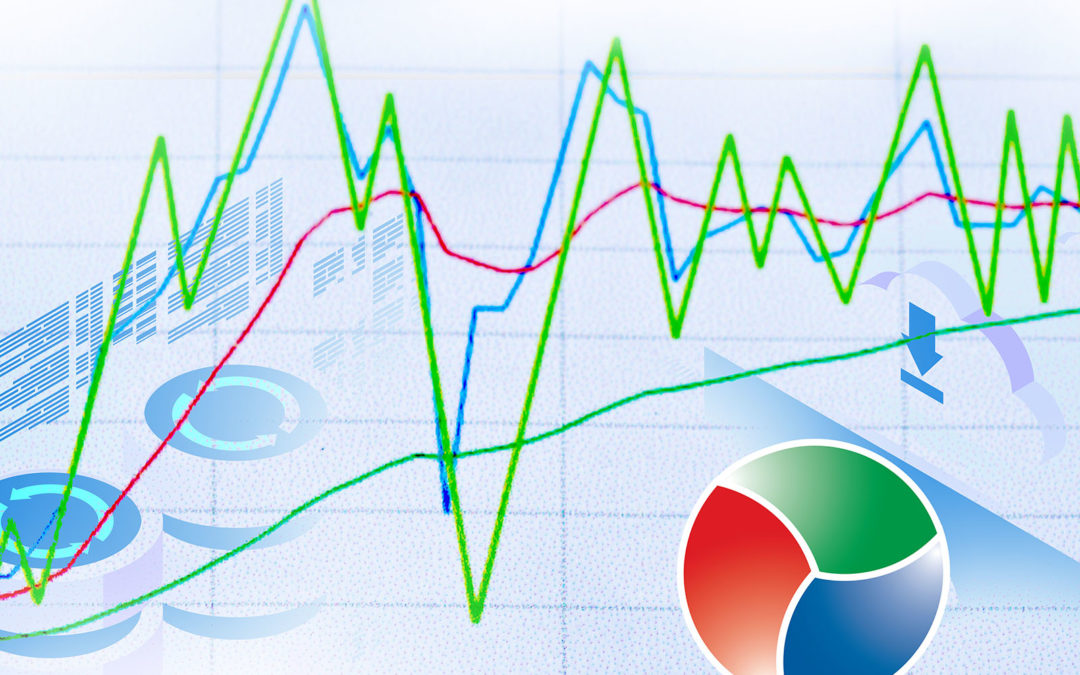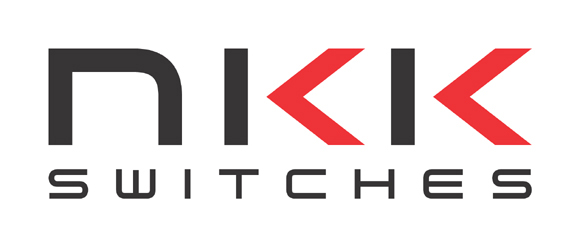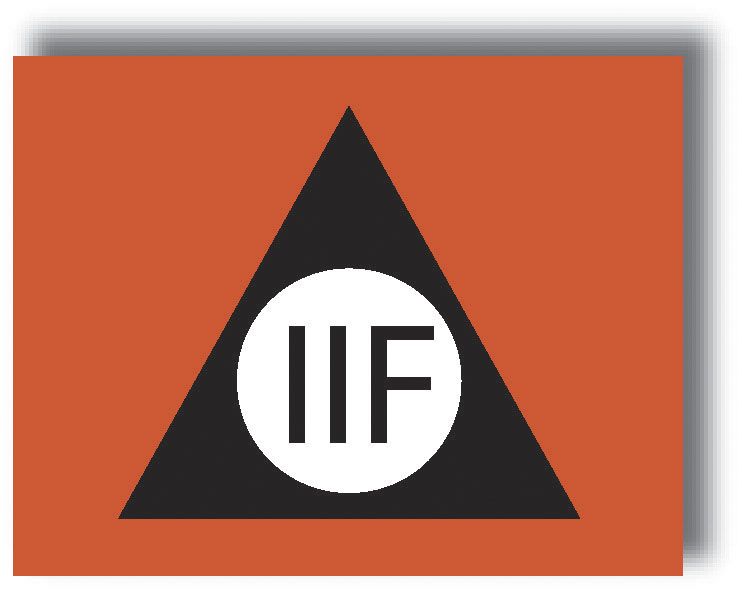
Demand Forecasting in a “Build to Order” Company
We often come into contact with potential customers who claim that they cannot use a forecasting system since they are a “build-to-order” manufacturing operation. I find this a puzzling perspective, because whatever these organizations build requires lower level raw materials or intermediate goods. If those lower level inputs are not available when an order for the finished good is received, the order cannot be built. Consequently, the order could be canceled and the associated revenue lost.

3 Types of Supply Chain Analytics
The three types of supply chain analytics are “descriptive”, “predictive”, and “prescriptive.” Each plays a different role in helping you manage your inventory. Modern supply chain software lets you exploit all three helping you to reduce inventory costs, improve on time delivery and service levels, while running a more efficient supply chain.

A Check on Forecast Automation with the Attention Index
A new metric we call the “Attention Index” will help forecasters identify situations where “data behaving badly” can distort automatic statistical forecasts (see adjacent poem). It quickly identifies those items most likely to require forecast overrides—providing a more efficient way to put business experience and other human intelligence to work maximizing the accuracy of forecasts. How does it work?

Too Much or Too Little Inventory?
Do you know which items have too much or too little inventory? What if you knew? How would you go about cutting overstocks while still ensuring a competitive service level? Would you be able to reduce stockouts without incurring a prohibitively expensive inventory increase? How would these changes impact service levels, costs and turns—for individual items, groups of items and overall?

Handling Extreme Supply Chain Variability at Rev-A-Shelf
Does your extended supply chain suffer from extreme seasonal variability? Does this situation challenge your ability to meet service level commitments to your customers? I have grappled with this at Rev-A-Shelf, addressing unusual conditions created by Chinese New Year and other global events, and would like to share the experience and a few things I learned along the way.

Recommended Reading: Cloud Software Helps Overcome Budget Constraints
Smart Software recently announced a Software as a Service (SaaS) option for SmartForecasts—SFCloud™. Premises-based perpetual licenses will continue to be the preferred software implementation method for many organizations, but there are many reasons why demand for cloud-based solutions is taking off. A vintage post by Bill Richardson at ApplicantStack Team Blog summarizes key benefits of the SaaS model.

Recommended Resource: ‘Practical Time Series Forecasting: A Hands-On Guide’, by Galit Schmueli
A readable, well-organized textbook could be invaluable to “help corporate forecasters-in-training understand the basics of time series forecasting,” as Tom Willemain notes in the conclusion to this review, originally published in Foresight: The International Journal of Applied Forecasting. Principally written for an academic audience, the review also serves inexperienced demand planning professionals by pointing them to an in-depth resource.

Truth in Forecasting—Practical Advice at Year’s End
At year’s end, we are often caught up in thinking and planning for the coming year. Did 2013 turn out the way you expected? Will 2014 be dramatically different? Are there other factors—things we are planning to do; things we think our competitors might do; outside forces like changing taste, demographics or economics—that might change the course of business in the coming year?

6 Essential Steps to Better Recovery Planning
As we approach the midpoint in 2013, there is still a lot of economic uncertainty complicating your supply chain planning processes. Some look at this shaky economy and postpone needed investments that can position their organizations for a strong future.

A CFO’s Perspective on Demand Planning – “More Strategic Than You Think”
NKK Switches, based in Scottsdale, Arizona, is a leading manufacturer and supplier of electromechanical switches. The business involves many different switch types—toggles, push-button, rotary, even some programmable switch types. We are known for our high quality, and for our ability to meet an exceptionally broad range of customer requirements on a turnkey (custom configuration) basis. NKK Switches produces customized solutions from component parts sourced exclusively from manufacturing facilities in Japan and China.

Estimating Safety Stock
In my previous post in this series on essential concepts, “What is ‘A Good Forecast’”, I discussed the basic effort to discover the most likely future in a demand planning scenario. I defined a good forecast as one that is unbiased and as accurate as possible. But I also cautioned that, depending on the stability or volatility of the data we have to work with, there may still be some inaccuracy in even a good forecast. The key is to have an understanding of how much.

Recommended Reading: Excellence in Demand Planning
In a recent post at SupplyChainBrain, Robert Bowman takes a look at excellence in demand planning. Focusing on admirable qualities and techniques, it should be an interesting read for any demand planner seeking to improve his or her craft.

Recommended Resource: The IIF
When founded in 1981, the IIF set as its goal: “Bridge the gap between theory and practice, with practice helping to set the research agenda and research providing useful results”. The IIF keeps its members abreast of the latest trends and research in forecasting through its publications, events and website. Its members are drawn from corporations and institutes of higher learning in more than one hundred countries, and form a vibrant community for networking and professional development.

Heroes of Disruptive Innovation
The executive suites at most companies are populated by leaders who became corporate “heroes.” These exceptional performers led—and continue to lead—transformative initiatives that drive revenue growth, reduce costs and increase shareholder value.

Leading Indicators can Foreshadow Demand
Most statistical forecasting works in one direct flow from past data to forecast. Forecasting with leading indicators works a different way. A leading indicator is a second variable that may influence the one being forecast. Applying testable human knowledge about the predictive power in the relationship between these different sets of data will sometimes provide superior accuracy.









